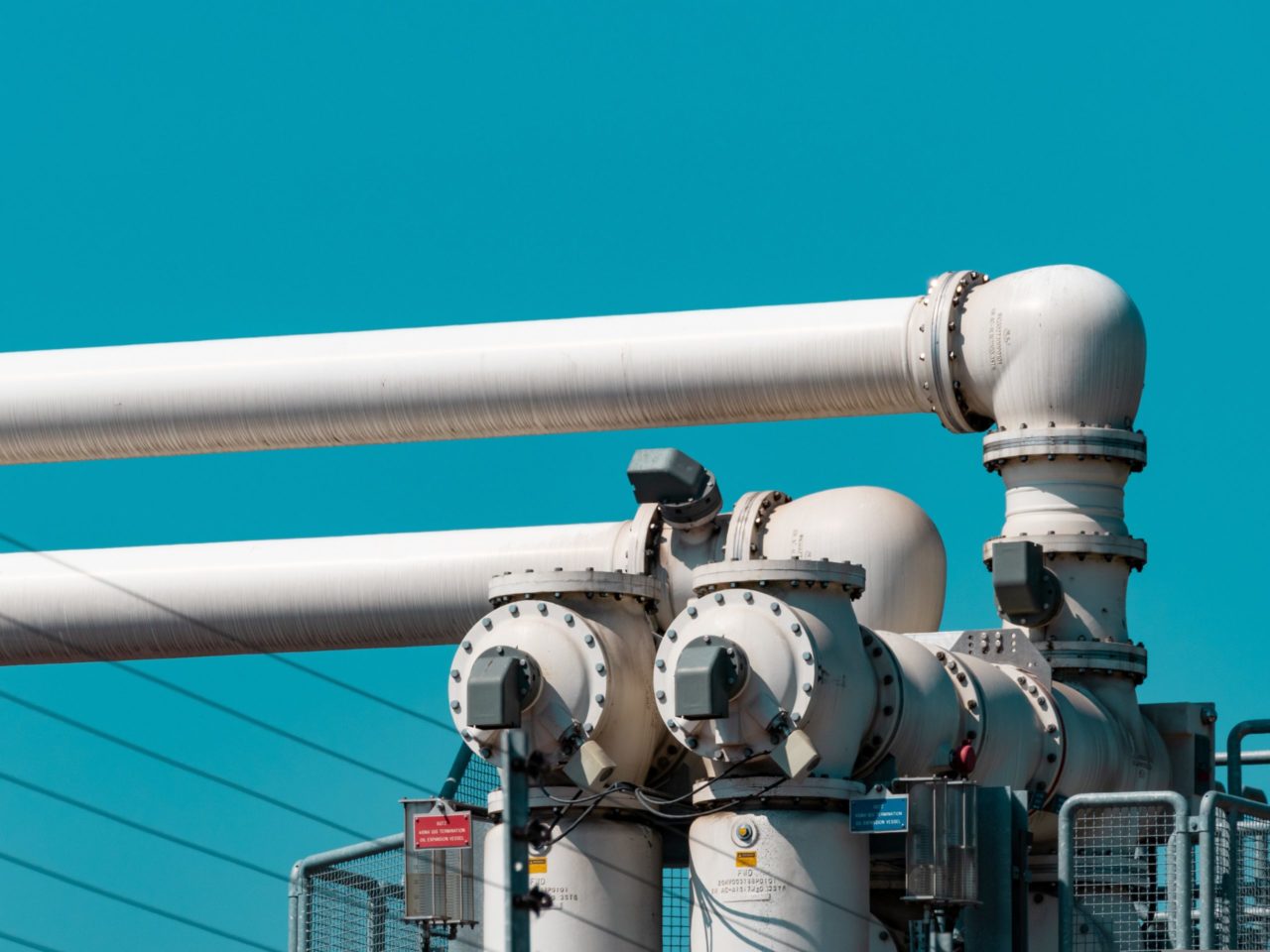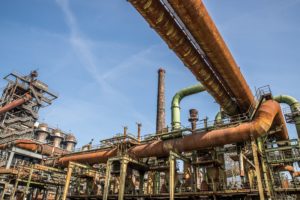Do you want to know about the advantages of ID pipe coatings? Here we go… Piping systems should be covered with a protective barrier to resist corrosion from the natural elements. The internal coating keeps any pipelines they transport clean and safe, whether it’s oil, natural gas, or water. Pipeline coatings are divided into two categories.
Another pipeline coating process is mill-applied coatings. This coating procedure is used during the manufacturing process. Induction coatings are used to improve gas flow through pipelines by creating a smooth and flawless surface, significantly increasing gas flow. Pipe ID coating is the best internal corrosion solution.
What Is The Purpose Of Pipelines?
Pipelines are used for a variety of purposes, including domestic, commercial, and industrial purposes. Pipelines can transport natural gas to homes, jet fuel to airports, and crude oil to (domestic and commercial) (industrial) refineries.
Importance of Pipeline Transportation
It would be impossible to efficiently move oil from producing wells to refineries. The use of a complex network of pipelines. Likewise, transportation of final petroleum products to end-users or dependent sectors depends on this vital component of oil and gas midstream. The use of extensive pipeline networks ensures that domestic and industrial users have continuous access to critical energy-generating gases and liquids.
Pipe coating Used at home
Pipelines are used by local utility providers to transport water and gases used for domestic use to residential areas. Where they are used as cooking gas, indoor heating, and clean drinking water.
Commercial/Industrial Applications
Refined petroleum fuels can transport over vast distances directly to the industrial processes that require them.
Advantages of ID Pipe coatings
Powering countless energy-saving equipment and inventions, oil and gas products have greatly enhanced our way of life. Although there are other advantages of using oil and natural gas pipelines, the primary advantages of delivering utility gases/liquids using this method are as follows. Pipes coating is the most important procedure. Let’s have a look at the advantages of ID Pipe Coatings:
1. Large capacity transportation
Pipelines can carry huge amounts of oil and natural gas. It is more efficient than railroad shipments, trucks, or cargoes in transporting these vast quantities of oil and natural gas.
2. Curran 1200
An advancement of two-part epoxy coating (100 percent solids) was develop for high-temperature immersion service in water and curing streams (365°F, 185°C). This organic/inorganic hybrid coating can withstand many cyclic and vapor processes while exposed to processing equipment. Resistant to temperatures of 365°F (185°C) for certified immersion services; Ideal for ships, tanks, and water boxes.
3. Curran 1500
It is a two-part epoxy coating (100 percent solids) developed for high-temperature immersion service in water, hydrocarbons, and curing streams (up to 365°F, 185°C). Atlas cell test: over 6 months of DI water at 210 F (98 C); Atlas pressurized cell test 60 days, DI water at 365°F has cold wall resistance (185°C). Exchanger components, small pressure vessels, tanks, and water boxes are all good candidates. Immersion services with a temperature resistance of 365°F (185°C).
4. PTFE Non-Stick Coatings
The main advantages of these coatings are a low coefficient of friction, excellent temperature resistance, and good chemical resistance. The mechanical properties of PTFE, PFA, FEP, and ETFE resins change very little, but all offer an immersion resistance of up to 500°F.
5. Safer and more consistent transportation
Since oil and natural gas are highly flammable and volatile, transportation must do as safely as possible. Pipelines will significantly reduce the risk of explosion during transportation in this regard. The majority of pipeline networks are underground, which limits their exposure to natural factors. Furthermore, the above-ground pipelines build up to withstand extreme temperature and weather fluctuations without causing dangerous leaks.
6. Copper is more stable and heavier than other metals
Everyone, no doubt, is asking the pipelines to remain stable. Since pipes install under walls, fixing them can be a frustrating experience. However, the good news is that you will survive this tense standoff with copper plating. Copper is also the only commodity with a 50-year warranty for strength and durability. They have a stronger ability to retain their strength under extreme stress than other metals.
7. Adaptability is superb
Due to copper’s outstanding functions, it uses in a variety of additional applications to increase its efficiency. Most professionals prefer the “upper” for long-term reliability because copper uses both old and new properties.
8. Greater long-term viability in domestic water distribution and delivery
Copper tubes are highly resistant to corrosion due to their exceptional thermal protection. As a result, it messes with cooling and ventilation quite a bit. It is a healthy, clean, and natural material that allows medical gas distribution in hospitals to play an important role.
9. Economical and cost-effective
Copper is more expensive than PEX or PVC, but its exceptional intrinsic qualities ensure long life and require less maintenance. Therefore, in the long run, plumbing with copper pipes will be a good investment. Copper requires very little maintenance over time, and as a result, it will save you money in the long run. Brass has an adaptable design that allows. It adapts and installs into a variety of shapes and sizes.
10. More reliable and safe
The surface is non-toxic, hygienic, and used in the water distribution method. Copper does not absorb any pollutants or toxins due to its static and impermeable properties.
Final Thoughts
Steel pipe coatings can be classified based on the material, application process, and intended use. Pipes used in petrochemical refineries, oil and gas pipelines, and water transportation require tough coatings, so HDPE, FBE, and HPPC are good choices. On the other hand, galvanizing is a more feasible alternative to smaller pipes that uses architecturally.
Although bare steel tubes have several advantages, they require a protective coat of paint for use in a variety of sectors. With the increasing demand for more durable tubes, coating providers will undoubtedly create new coatings to meet the needs of the industry. ID Pipe coating Used mostly all material. We hope this article’s advantages of ID pipe coatings may be helpful for you.






